 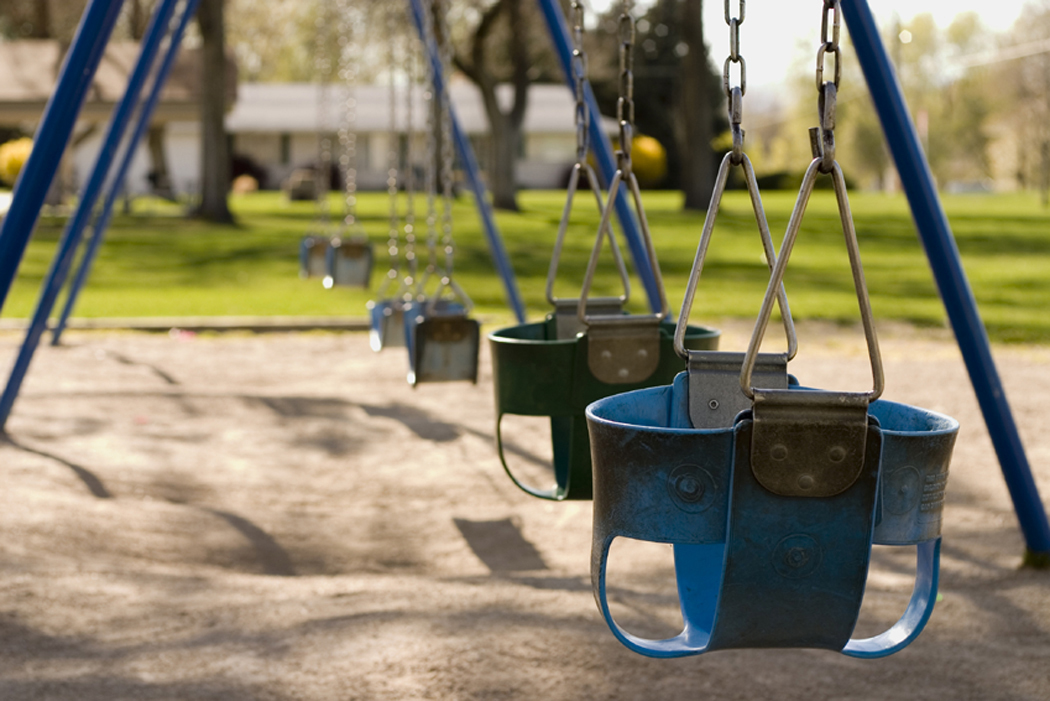 |
 |
  |
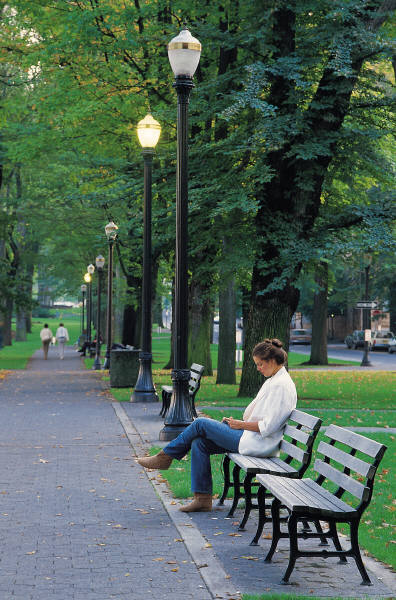 |
Why is it important?
Health Hazards
 |
The US Surgeon General states that there is no risk-free exposure to tobacco smoke. Exposure to tobacco smoke causes illness and disease. Studies have shown that people smoking outdoors produce levels of tobacco smoke exposure that are similar to the levels of exposure from people smoking indoors.1
|
Litter and Environmental Impact2
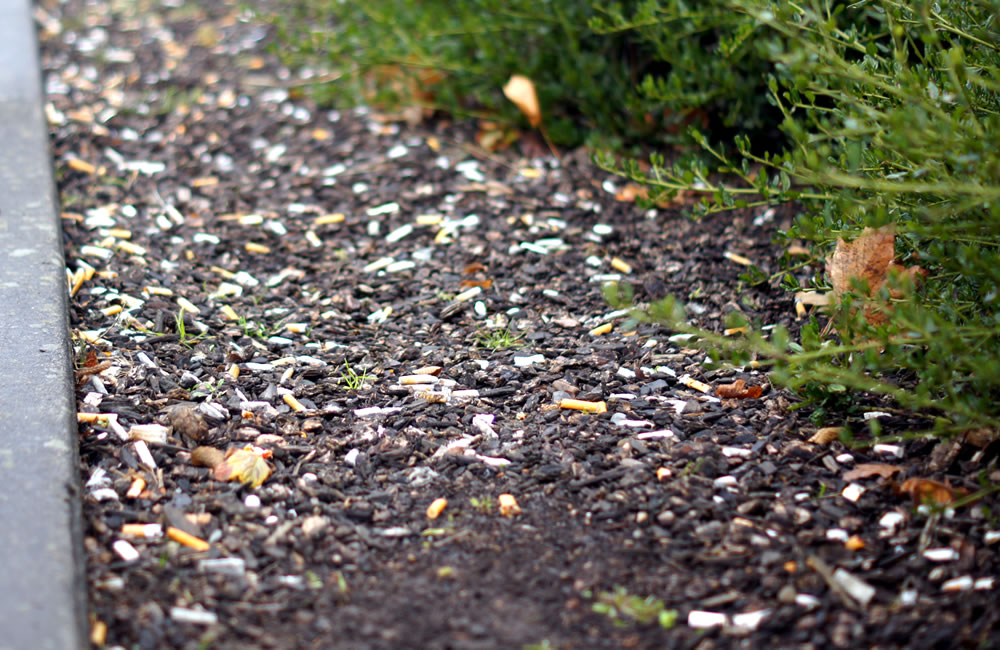 There is over 176,000,000 pounds of cigarette butts discarded in the U.S. each year. Cigarette butts are the most littered item in America, making up 38% of all littered items collected. Littering is illegal in Connecticut. Cigarette butts are not biodegradable. It takes an average of 10-12 years for a cigarette butt to degrade.
There is over 176,000,000 pounds of cigarette butts discarded in the U.S. each year. Cigarette butts are the most littered item in America, making up 38% of all littered items collected. Littering is illegal in Connecticut. Cigarette butts are not biodegradable. It takes an average of 10-12 years for a cigarette butt to degrade.
- Discarded butts and materials are washed into storm drains making their way into rivers and the ocean contaminating the water and killing wildlife, others contaminate the soil.
- Cigarettes are poisonous when eaten by children and animals leading to injury and death. Thousands of calls are made each year to the American Poison Control Centers regarding children poisoned by ingesting cigarette butts.3
- Cleanup of tobacco litter from sidewalks, streets and recreational areas is costly to taxpayers.
- Improperly discarded cigarettes and other smoking materials start fires.
Modeling and Prevention
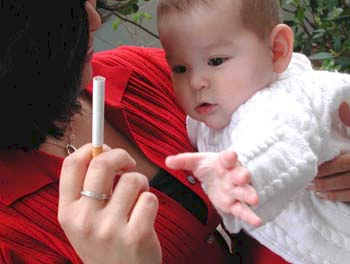
When smoking and other tobacco use is allowed in places frequented by children or in family, children accept tobacco use as normal and acceptable behavior and are more likely to try tobacco.4 Youth look to adults and peers as role models. They watch other people’s behavior to know how they should behave.
- Studies show that parents’ smoking behavior has more influence on younger kids ages 12 and under then ages 13 and older to start smoking.
- Children with a sibling who smoke or who have friends who smoke are more likely to try tobacco.
- The peak years for first trying to smoke appear to be in the sixth and seventh grades, or between the ages of 11 and 13, with a considerable number starting even earlier.5
- More than a third of all kids who ever try smoking a cigarette become regular, daily smokers before leaving high school.6
- The majority of today’s adult smokers started before the age of 18.
Making Outdoor Spaces Tobacco Free
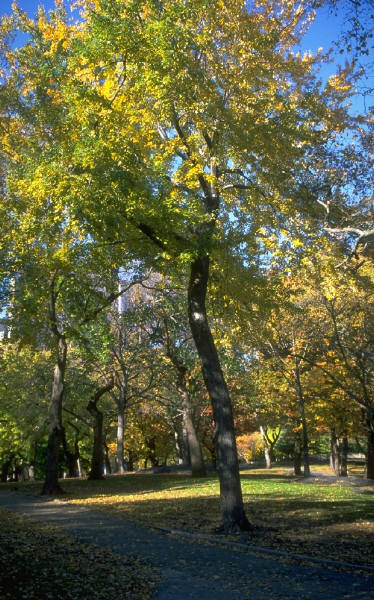
Owners of any space can legally make their property tobacco free inside and outside. Smoke free policies do not tell someone they must quit, only that they cannot smoke in the area. Most people want to live and play in a smoke free environment. Make the policy known to all visitors by posting signs stating the area is smoke free. Signage also empowers people to ask someone who is smoking to put it out. Smoking areas do not have to be designated but should you designate smoking areas make sure the signs in those areas are visible. Should you decide to allow smoking, make sure it is in an area far away from people and provide receptacles to properly dispose of all smoking materials.
Recreational Areas Public Events Service Areas
Sports Fields Outside Concerts Bus stops
Playgrounds Family Events Train platforms
Parks Fair Grounds/Carnivals Ticket lines
Beaches Farmer’s Markets ATM lines
Outdoor Dining Areas
 In accordance with CT General Statute Sec. 19a-342 all outdoor dining areas with a roof or cover must be smoke free. Smoking is prohibited in outside seating of a restaurant that has a ceiling or other type of covering. Outside seating that does not have a ceiling or other type of covering must have 75% of that seating designated as smoke free. Signs must be posted designating the smoking area. The restaurant, bar or café may make the whole outside dining smoke free whether there is a roof or not.
In accordance with CT General Statute Sec. 19a-342 all outdoor dining areas with a roof or cover must be smoke free. Smoking is prohibited in outside seating of a restaurant that has a ceiling or other type of covering. Outside seating that does not have a ceiling or other type of covering must have 75% of that seating designated as smoke free. Signs must be posted designating the smoking area. The restaurant, bar or café may make the whole outside dining smoke free whether there is a roof or not.
Entryways
 |
Entryways to all buildings should be smoke free. The recommended distance for smoking should be 25-50 feet away from openings including doors, windows and vents. |
Living and Playing Tobacco Free-
Creating Tobacco Free Outdoor Spaces in Your Community Toolkit
Additional Resources
Creating Health Communities- Using Recreation as a Tool for Tobacco Prevention
The Center for Tobacco Policy & Organization, www.Center4TobaccoPolicy.org
Tobacco-Free Parks- www.tobaccofreeparks.org
Public Health Law & Policy- Smokefree Outdoor Areas Ordinance, www.phlpnet.org
Americans for non-smokers' rights- www.no-smoke.org
[2] Legacy Foundation, Fact Sheet Impact of Tobacco on The Environment- Nov 2014
[5] Tobacco Free Outdoors- www.tobaccofreebt.org
[6] The Center for Tobacco Policy & Organizing, Comprehensive outdoor secondhand smoke ordinances, October 2010.

